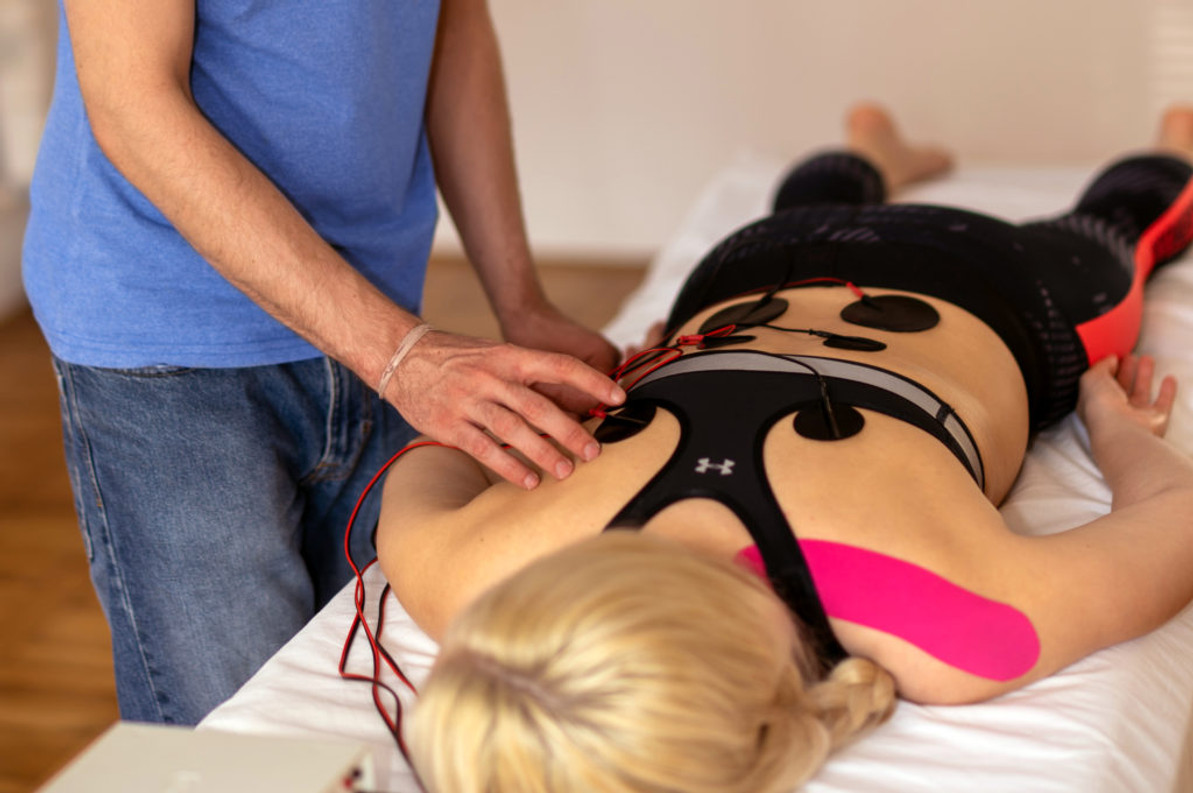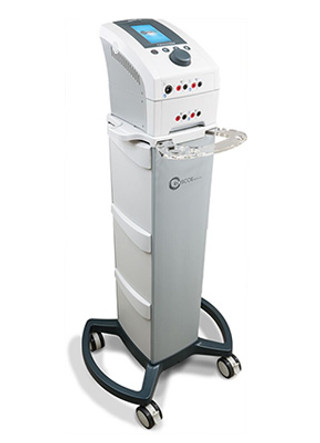Understanding Clinical Electrotherapy and Its Benefits
Clinical Electrotherapy is a therapeutic modality used by healthcare professionals, particularly physical therapists, to treat various medical conditions through the application of electrical currents. This technique involves the use of specialized devices to deliver controlled electrical impulses to the body, which can aid in pain management, muscle rehabilitation, and tissue healing, among other benefits.
How Clinical Electrotherapy Works
The principle behind electrotherapy is the application of electrical energy to modulate the electrical activity within the body's tissues. Different types of electrotherapy devices and methods are utilized based on the specific therapeutic goals, including:
- Transcutaneous Electrical Nerve Stimulation (TENS): This method uses low-voltage electrical current to stimulate nerves, aiming to alleviate pain.
- Electrical Muscle Stimulation (EMS): EMS targets muscle contractions, helping to strengthen muscles and prevent atrophy.
- Interferential Current (IFC) Therapy: This technique uses two high-frequency currents that intersect to reduce deep-seated pain and inflammation.
- Galvanic Stimulation: This method uses direct current for tissue repair and wound healing.
- Iontophoresis: A process that uses electrical current to deliver medication through the skin to treat inflammatory conditions.
Benefits of Clinical Electrotherapy
The use of clinical electrotherapy offers numerous benefits, making it a valuable component in the treatment of various conditions. Some of the key benefits include:
1. Pain Management
One of the most prominent benefits of electrotherapy is its ability to provide pain relief. Techniques like TENS and IFC are particularly effective in managing chronic and acute pain. By modulating the pain signals sent to the brain, electrotherapy can reduce the sensation of pain without the need for medication.
2. Muscle Strengthening and Re-education
For patients suffering from muscle atrophy due to injury or surgery, EMS can be crucial. It helps in maintaining muscle tone and preventing further muscle wasting by inducing contractions. This is especially beneficial in rehabilitation settings, where patients need to regain muscle function and strength.
3. Enhanced Blood Circulation
Electrotherapy can improve blood flow to targeted areas, which is vital for tissue repair and healing. Enhanced circulation helps in delivering essential nutrients and oxygen to injured tissues, thereby accelerating the healing process and reducing recovery time.
4. Reduction of Inflammation and Swelling
Inflammation and swelling are common issues in many injuries and chronic conditions. By promoting better blood flow and lymphatic drainage, electrotherapy can help reduce these symptoms, leading to faster recovery and less discomfort for the patient.
5. Improved Range of Motion
Stiffness and limited range of motion are common after injuries or surgeries. Electrotherapy can help in loosening tight muscles and improving joint mobility, allowing patients to regain functional movement more quickly.
6. Drug Delivery
Iontophoresis offers a non-invasive method for delivering medications directly to the affected area. This can be particularly useful for treating localized inflammation, pain, and muscle spasms without the systemic effects of oral medications.
Applications in Healthcare
Electrotherapy is used across various medical disciplines, including sports medicine, orthopedics, neurology, and physical therapy. It is commonly employed in the treatment of:
- Musculoskeletal injuries (e.g., sprains, strains, fractures)
- Post-surgical recovery
- Chronic pain conditions (e.g., arthritis, fibromyalgia)
- Neurological conditions (e.g., stroke rehabilitation, spinal cord injuries)
- Wound care and healing
Safety and Considerations
While electrotherapy is generally safe, it is not suitable for everyone. Patients with certain conditions, such as those with pacemakers, epilepsy, or pregnant women, should avoid electrotherapy unless advised otherwise by a healthcare professional. It is essential that electrotherapy is administered by trained professionals to ensure proper use and avoid potential risks.
Clinical electrotherapy is a versatile and effective therapeutic option in modern medicine. Its ability to manage pain, promote healing, and enhance muscle function makes it a valuable tool in patient care. As research continues to advance, the applications and efficacy of electrotherapy are likely to expand, offering even more benefits to patients in need.
Additional Information:
Electrotherapy (Masnad Health Clinic)
Recent Posts
-
Acupuncture vs. Dry Needling: What’s the Difference?
At first glance, acupuncture and dry needling might seem identical. Both involve inserting thin need …Jun 11th 2025 -
What Is Dry Needling? A Modern Approach to Pain Relief and Muscle Recovery
Chronic muscle pain, tension, and restricted movement can significantly impact your daily life, sign …Jun 11th 2025 -
The Kinetic Chain and Its Importance?
The kinetic chain is a key principle in physical therapy, referring to the way muscles, joints, and …Apr 18th 2025




